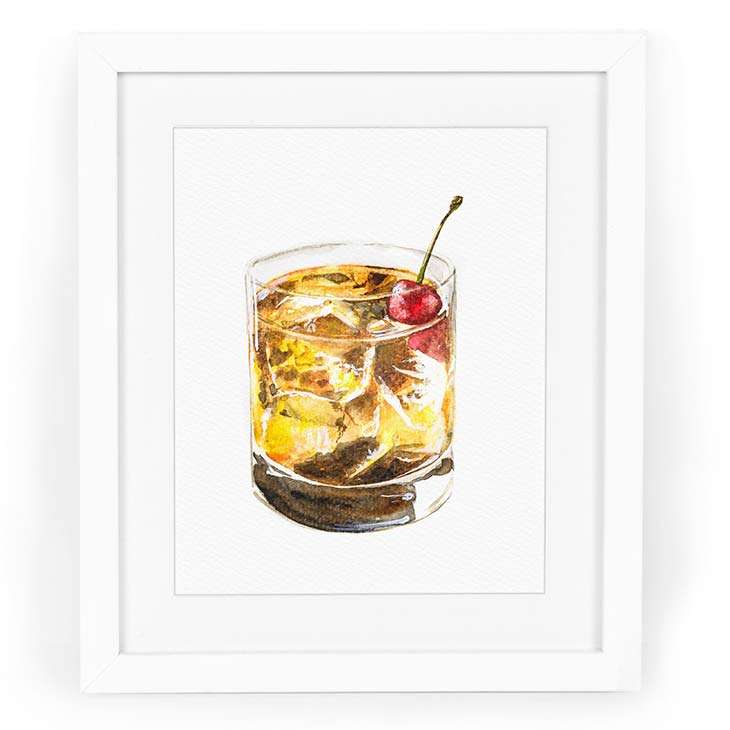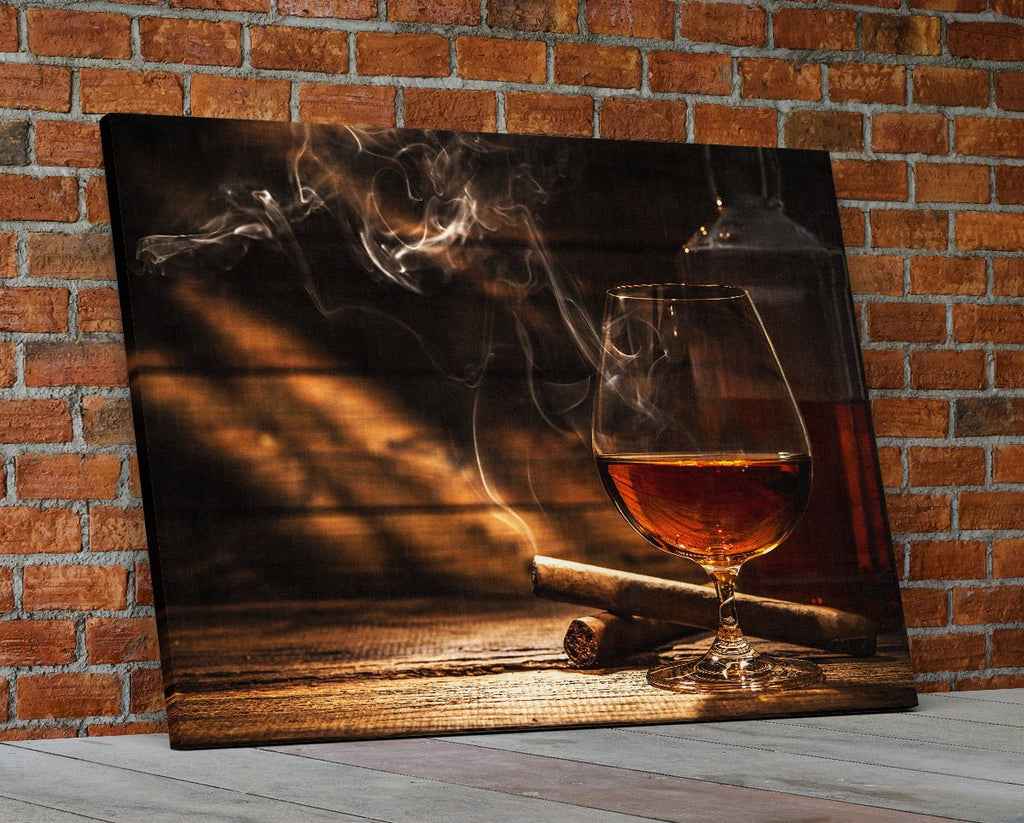Bourbon Art in Contemporary Culture: Where Practice Satisfies Development
Bourbon Art in Contemporary Culture: Where Practice Satisfies Development
Blog Article
The Relevance of Whiskey Art in Celebrating Heritage and Craftsmanship in the Beverage Sector
The elaborate partnership in between bourbon art and the celebration of heritage and craftsmanship within the beverage sector can not be overstated. Via thoughtfully designed containers and tags, whiskey brands envelop their historical roots and the artisanal abilities that specify their manufacturing techniques. This creative dimension not just enhances market allure yet likewise serves as a channel for social narration, promoting a deeper connection between the craft and the customer. As we check out the different elements of this subject, intriguing concerns concerning the influence of contemporary fads on traditional methods develop, prompting additional examination.
The Historic Roots of Whiskey
At the heart of bourbon's attraction lies an abundant tapestry of historical origins that trace back to old people. The origins of whiskey can be connected to the distillation methods of the Sumerians and Babylonians around 2000 BCE, where very early forms of fermented grain beverages started to arise. It was in the Center Ages that the art of purification evolved considerably, specifically in Ireland and Scotland, leading to the development of scotch as we understand it today.
The term "whiskey" itself acquires from the Gaelic word "uisce beatha," indicating "water of life." This phrase highlights the cultural relevance of scotch in Celtic societies, where it was typically related to rituals, celebrations, and communal bonding. By the 15th century, distillation became an acknowledged craft within monastic neighborhoods, leading the means for the facility of lawful distilleries.
As trade courses increased, whiskey's appeal expanded, transcending regional limits and catching the interest of lovers worldwide. Bourbon Art. This historical journey shows not only the craftsmanship behind whiskey production but additionally its important role in social and social contexts, noting it as a considerable beverage throughout background
Artistic Expression in Branding
Whiskey branding stands as a compelling crossway of virtuosity and commerce, where aesthetic identity plays a crucial duty fit customer perception. The aesthetics of scotch tags, product packaging, and marketing products mirror not just the brand name's tale yet likewise its core worths and heritage. Via creative expression, distilleries communicate a story that reverberates with consumers, stimulating feelings and triggering connections.
Making use of color, typography, and images in branding offers to differentiate items in a saturated market. Conventional themes might evoke a sense of authenticity and craftsmanship, while modern-day layouts can signify development and forward-thinking. This calculated creative direction improves brand name acknowledgment and loyalty, enabling customers to forge a personal relationship with the whiskey they pick.
Moreover, imaginative expression in branding often serves as a party of regional heritage. Distilleries often integrate regional icons or historic recommendations into their layouts, producing a sense of place that welcomes customers to take part in a broader social experience. Inevitably, the creativity behind bourbon branding not only enhances visual charm however additionally enriches the general story of the brand name, promoting a deeper admiration for the workmanship and heritage embedded in each container.
Workmanship in Container Layout
The virtuosity apparent in whiskey branding expands beyond aesthetic identification to incorporate the workmanship associated with container style. Each bottle acts as a vessel not just for the spirit within, but additionally for the tale it outlines its origin, practice, and quality. The design process calls for careful attention to information, as elements such as form, closure, and material add substantially to the general perception of the scotch.
Workmanship in bottle layout entails selecting high-quality glass that can enhance the scotch's color and clarity, while additionally offering a tactile experience for the consumer. The silhouette of the bottle should be both useful and visually attractive, often reflecting the heritage of the brand name. Numerous distilleries select special forms or embossed logos that stimulate a sense of authenticity and history.
Additionally, the tag layout and typography play an essential role in communicating the brand's narrative. Bourbon Art. A well-crafted container not only captivates the consumer's eye yet additionally strengthens the brand's dedication to high quality and practice. In this method, the workmanship of bottle design ends up being a vital element of the scotch experience, combining virtuosity with a profound respect for heritage
Cultural Value of Bourbon Art
Commemorating practice and workmanship, the social importance of bourbon art transcends mere aesthetics, linking with the historical and social stories of the regions where it stems. Each bottle offers as a canvas, illustrating the distinct stories, mythology, and traditions that have actually shaped local whiskey-making methods. The elaborate designs usually reflect the heritage of the distillers, including signs and concepts that reverberate with the society and worths of their areas.

In addition, whiskey art plays a crucial duty in common celebrations and events, offering as a tangible web link between people and their shared experiences. By valuing the artistry in bourbon product packaging, consumers cultivate a deeper understanding and regard for the craft, inevitably improving their pleasure of the beverage itself.
Modern Trends in Scotch Discussion
In the last few years, the discussion of whiskey has actually evolved to mirror modern preferences and patterns while still honoring conventional craftsmanship - Bourbon Art. Distilleries are increasingly concentrating on aesthetic components that improve the general drinking experience, linking the space between heritage and modernity
Ingenious bottle designs have actually arised, commonly integrating lasting materials and artistic labels that inform compelling tales. Numerous brand names now work together with local artists, instilling their products with one-of-a-kind visual expressions that resonate with consumers. Additionally, limited-edition launches are commonly packaged in collectible containers, adding value and appeal for aficionados.

Verdict
In final thought, whiskey art serves as an more tips here important avenue for revealing the heritage and craftsmanship fundamental in the beverage industry. Via elaborate branding, innovative bottle styles, and culturally considerable imaginative elements, whiskey brands efficiently recognize their customs and attach with consumers.

Craftsmanship in bottle style involves picking premium glass that can enhance the whiskey's color and quality, while likewise supplying a tactile experience for the customer. official statement In this way, the workmanship of bottle style ends up being a vital aspect of the scotch experience, merging virtuosity with a profound regard for heritage.
In verdict, bourbon art serves as an important avenue for sharing the heritage and workmanship inherent in the beverage market.
Report this page